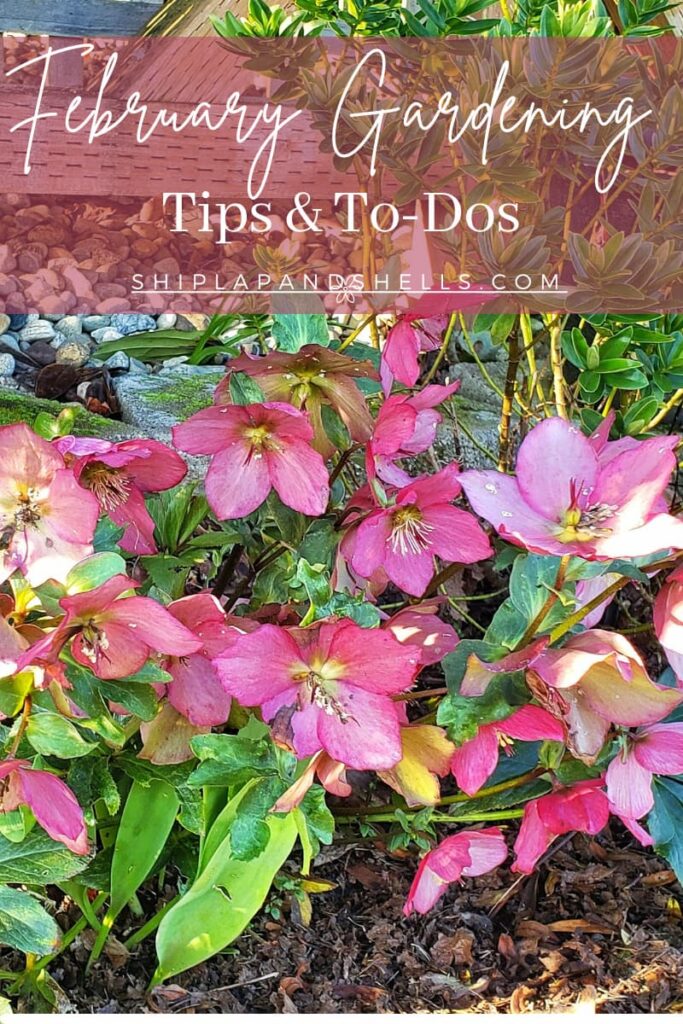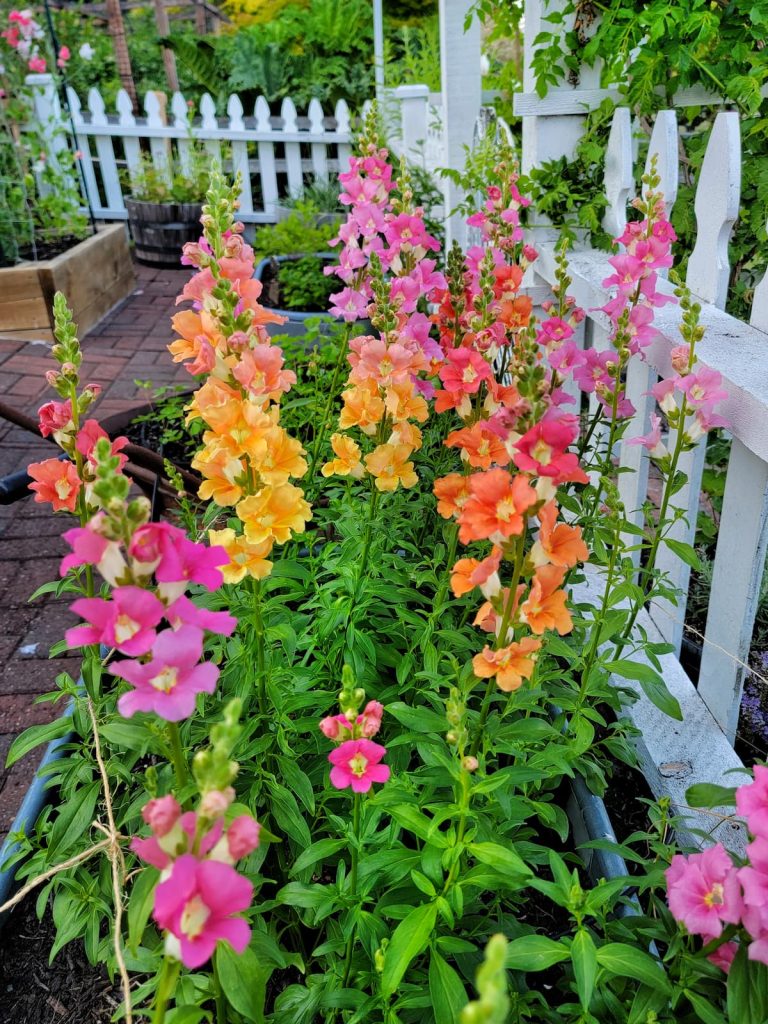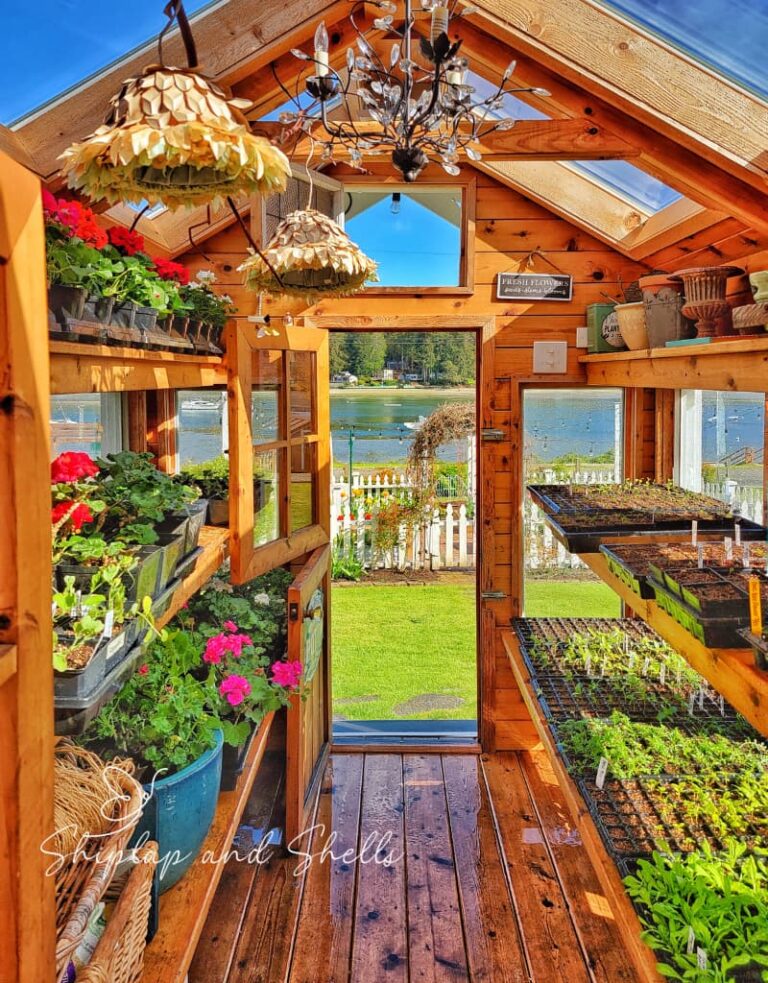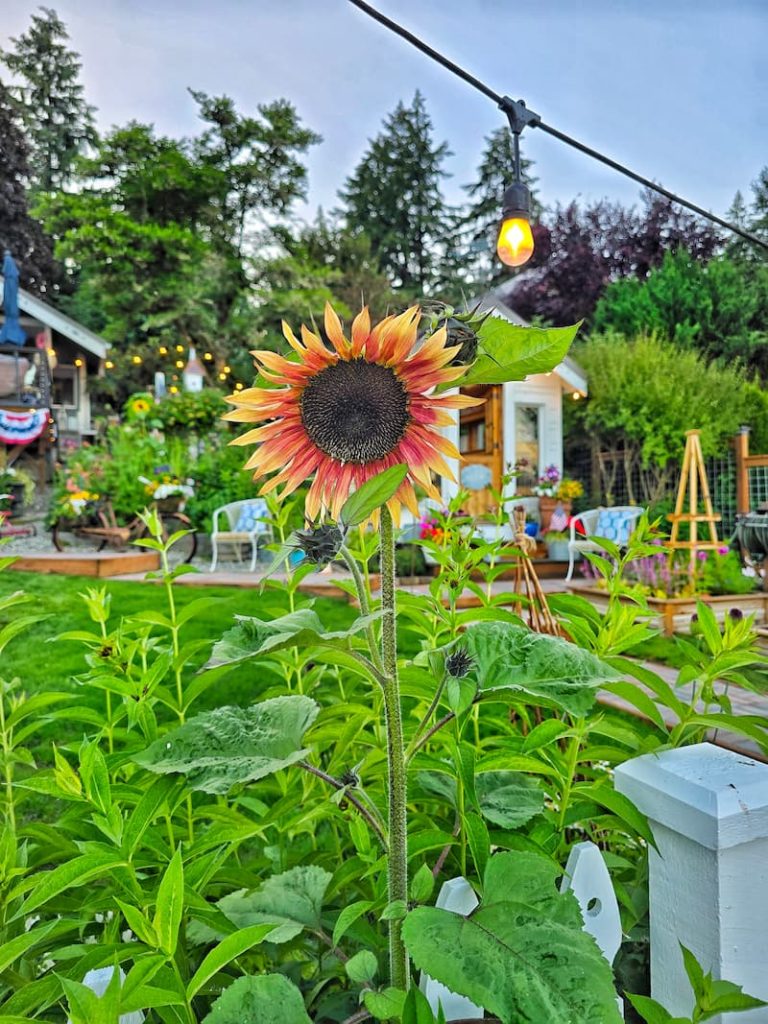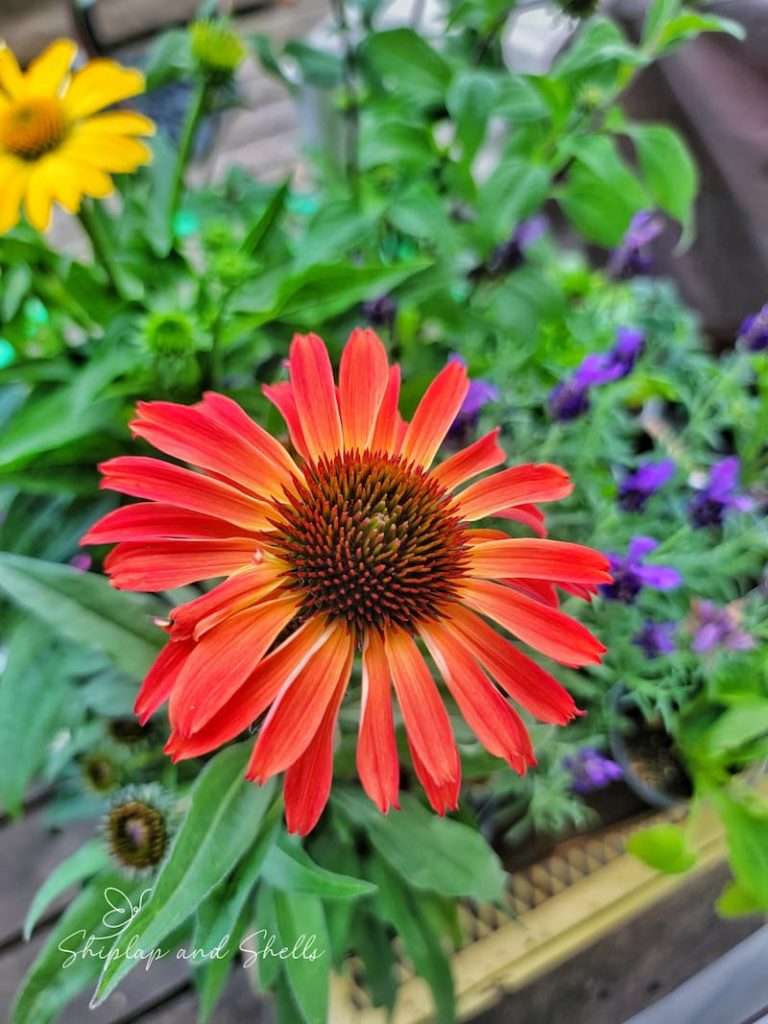February Gardening Tips for the Pacific Northwest
Are you looking forward to your spring garden blooming? There’s still so much to do to get your winter garden prepped for a healthy growing season, and today, I’m sharing a list of February gardening tips for the Pacific Northwest.
The month of February can be pretty challenging for gardeners in any colder climate zone. First of all, this region is known for the constant heavy rain. Not only that, but we usually see some snow. Some years, we even see more than just a little.
It may not feel like gardening weather this time of year with the lingering cold temperatures, but there’s actually a lot of gardening to do in February. Winter gardening is a great time to prepare your garden for the spring growing season.
Ready to tackle your gardening tasks for February? Bundle up and get started by following this guide.
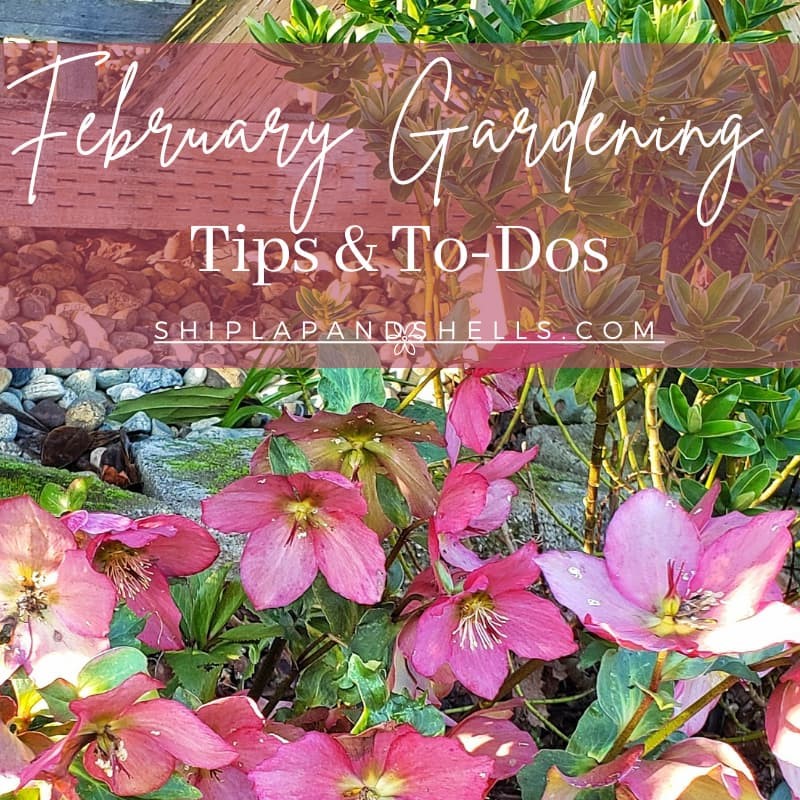
As an Amazon affiliate, I earn a commission from qualifying purchases at no additional cost to you. My blog also features other affiliate links for your convenience. Click here to read my privacy policy.
Why Gardening Month-to-Month Matters

Gardening is a year-round journey. Each month brings different tasks needed to grow a thriving garden. When you garden month by month, you’re working with nature instead of against it, which helps you stay on top of your plants’ needs, so you’re never caught off guard.
February might still feel like winter, but it’s actually a turning point in the garden. It’s the bridge between dormancy and the burst of spring, making it the perfect time to prep for the growing season ahead.
Tackling the garden month by month makes everything more manageable and way less overwhelming. By starting in February, you’ll set this year’s garden up for a season full of blooms and harvests.
19 February Gardening Tasks
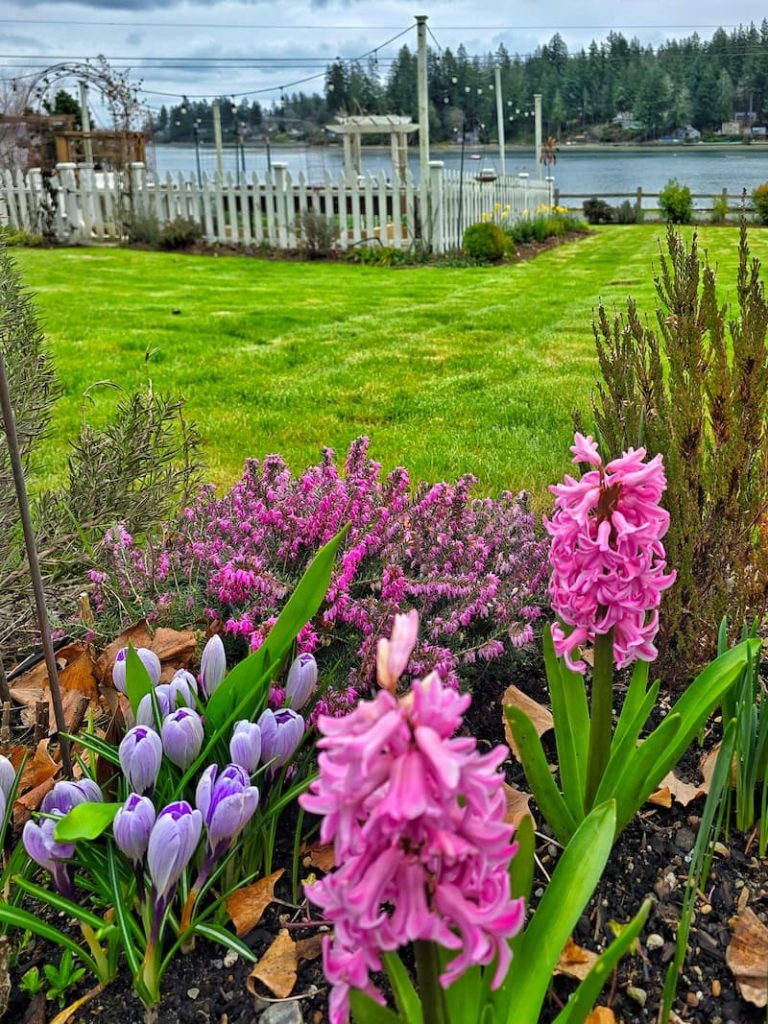
A little effort now pays off big later!
Trim fruit trees and roses to keep them healthy and full of blooms. Start cool-season veggies like lettuce, kale, and broccoli indoors so they’re strong and ready for the garden.
If you’re in a warmer climate, now’s the time to plant bare-root roses, fruit trees, and shrubs. And don’t forget your tools—clean and sharpen them so you’re all set for spring!
What to Order in February
Bare-Root Fruit Trees and Shrubs
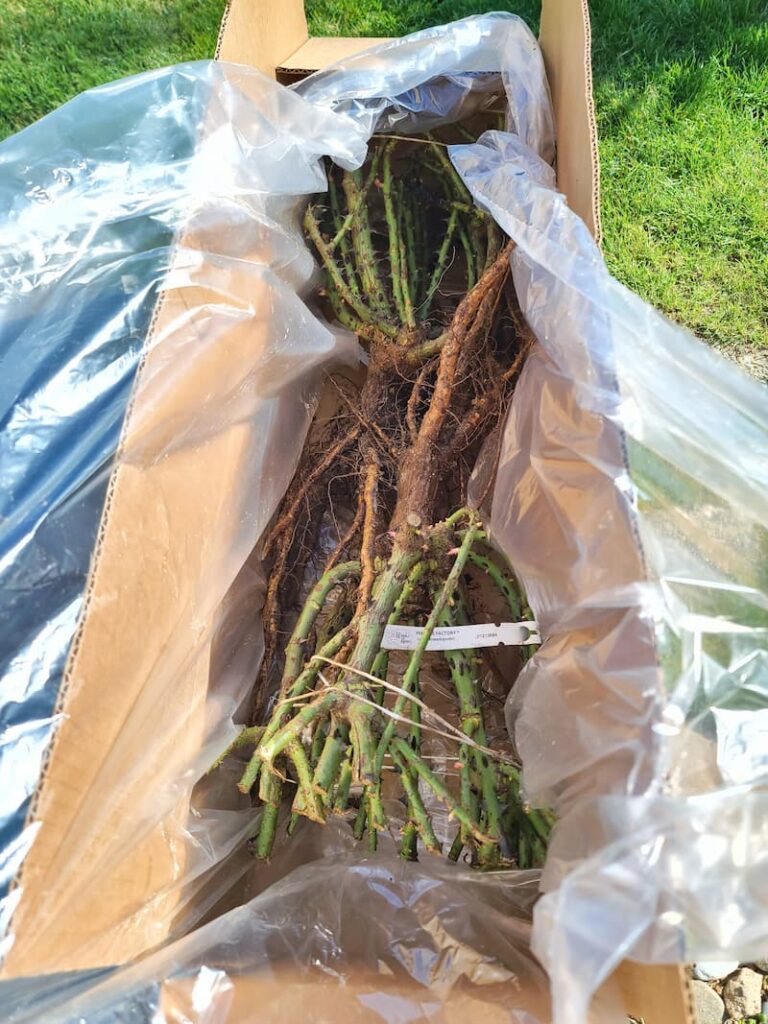
If you didn’t do so last month, order perennials like fruit trees and shrubs, which should be planted as soon as they arrive while still dormant.
Bare-root trees and shrubs have an easier time adjusting to the native soil in your garden than potted ones.
Garden Seeds
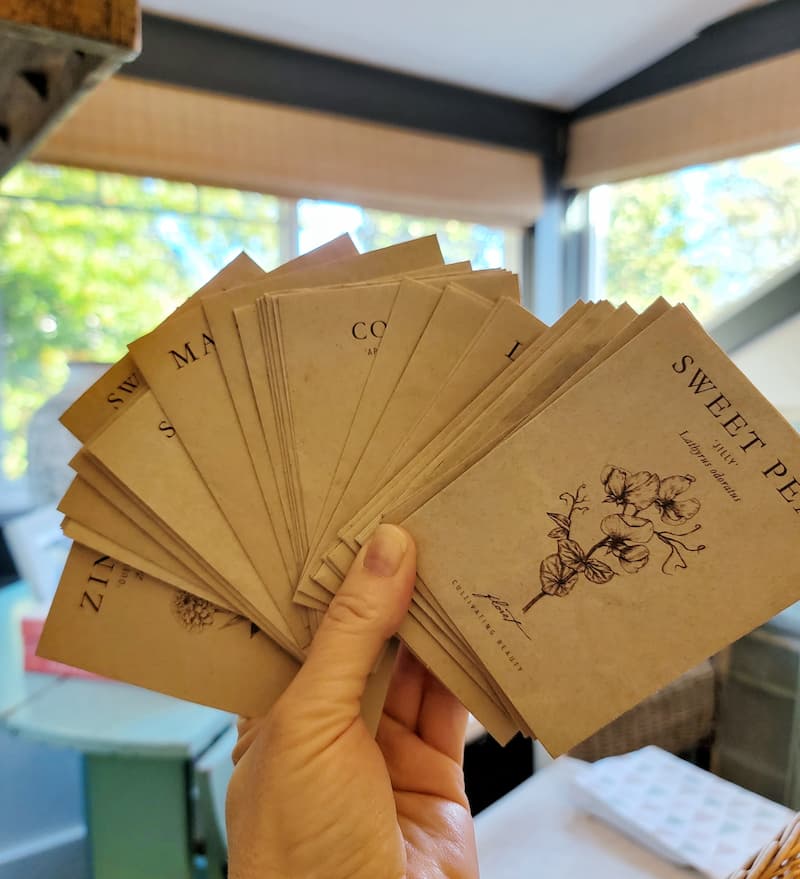
If you haven’t already placed a seed order, buy your garden seeds quickly. Know your last frost date and look at the start dates on the back of the seed packets to make sure you still have time to sow the seeds.
What to Plant in the Garden in February
Early-Blooming Flowers
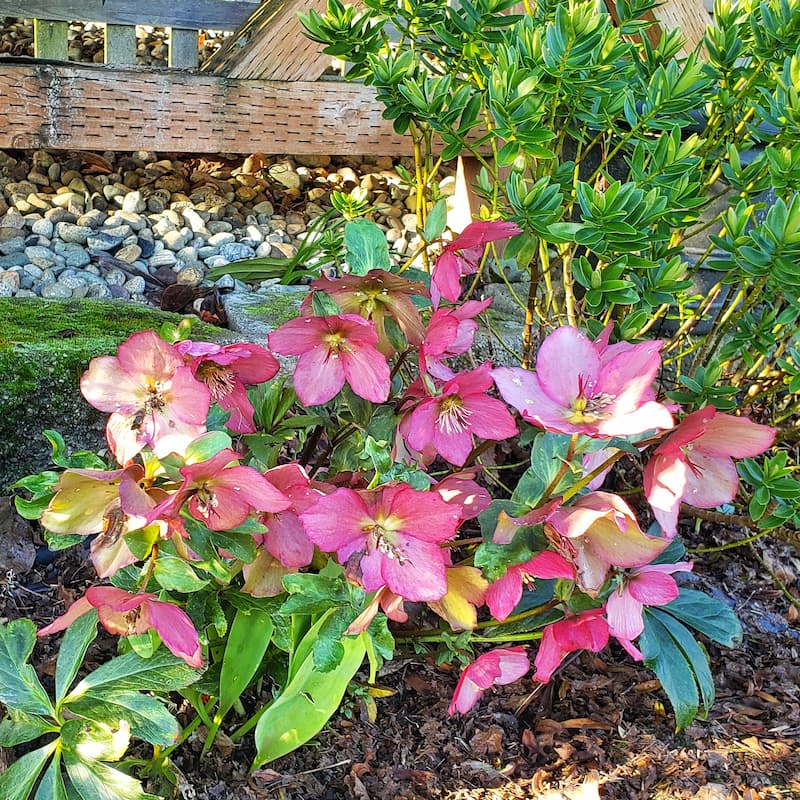
You can still have a beautiful garden in February. Camellias and hellebores can be planted now and will add a much-needed pop of color. Local nurseries should now have a great selection of these plants.
Spring-Flowering Evergreen Shrubs and Vines
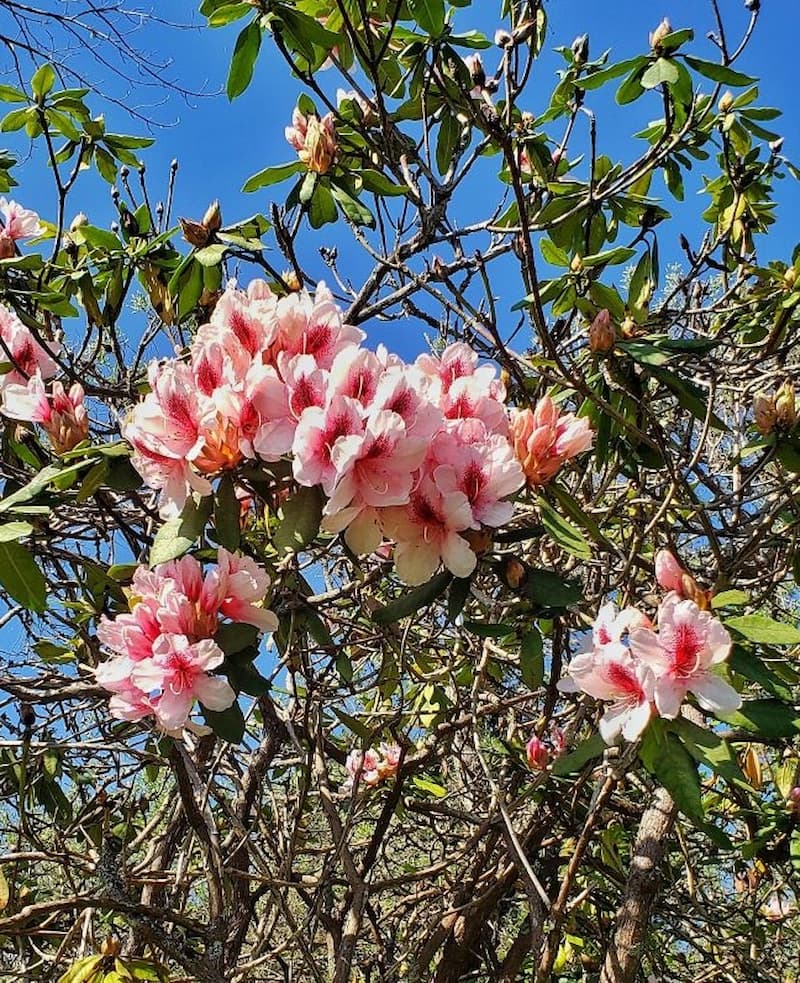
Azaleas and rhododendrons are Pacific Northwest early spring blooming favorites and can be planted this month.
Bare-Root Stock
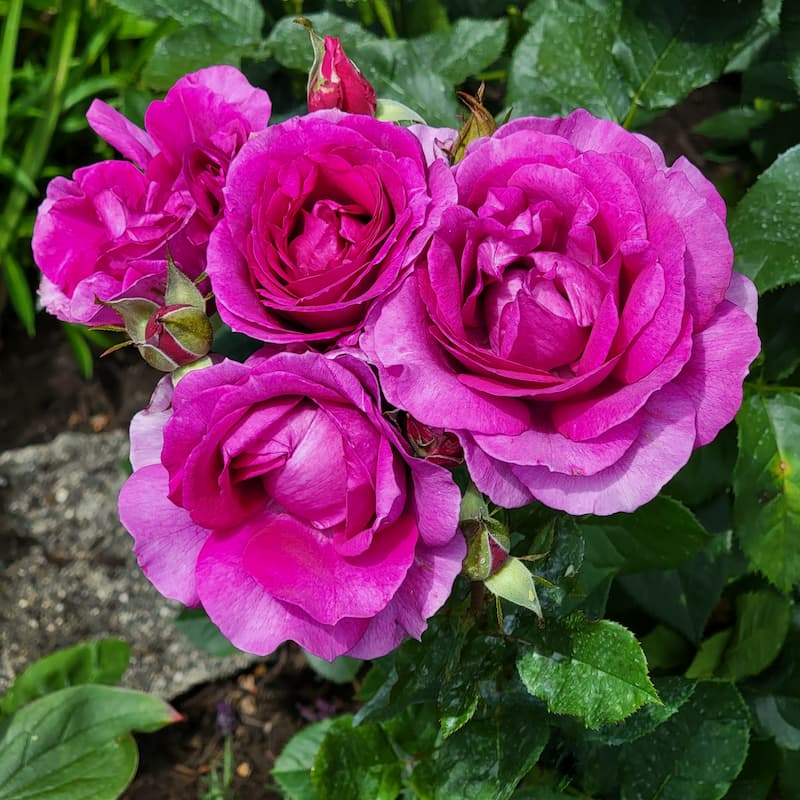
This includes fruit trees, shrubs, roses, grapes, and berries. Bare-root and potted roses can be planted in February. Bare-root vegetables such as artichokes, asparagus, and rhubarb can also be planted this month.
Spring Bulbs
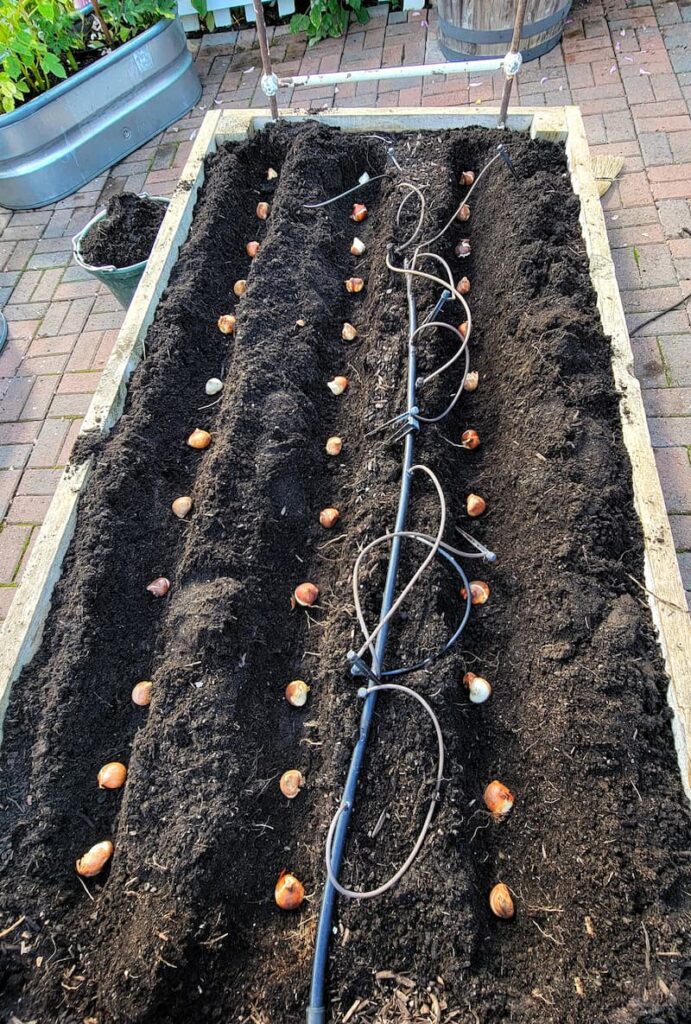
The best time to plant bulbs in the Pacific Northwest is in the fall, but it is possible to plant spring bulbs in February. Plant spring bulbs such as tulips, daffodils, and hyacinths in well-drained soil.
Hardy Annuals
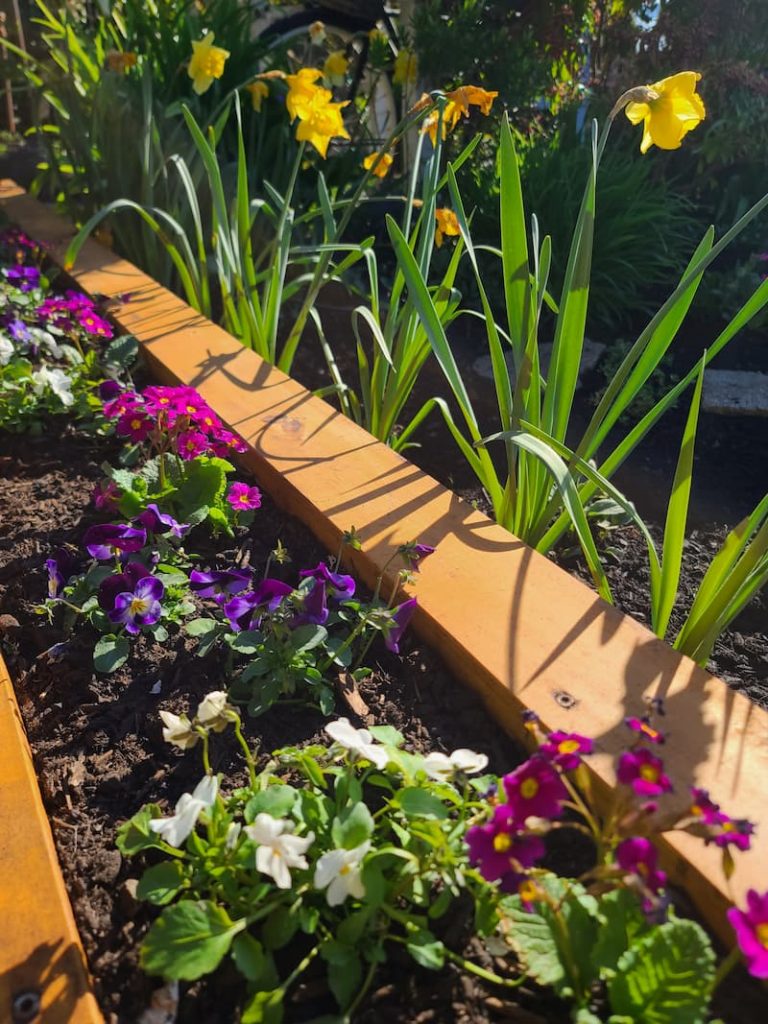
Another fantastic February gardening task? Begin planting annuals such as primroses, pansies, violas, calendula, and poppies in containers, hanging baskets, and borders in February.
Cool-Season Vegetables
Start seeds indoors for cool-season veggies like lettuce, onions, broccoli, and Brussels sprouts.
Transplant cool-season starts such as carrots, arugula, cabbage, kale, lettuce, and onions into the garden. Plant the starts and seeds in amended soil with compost and organic fertilizer.
Sow Cut Flower Seeds Indoors
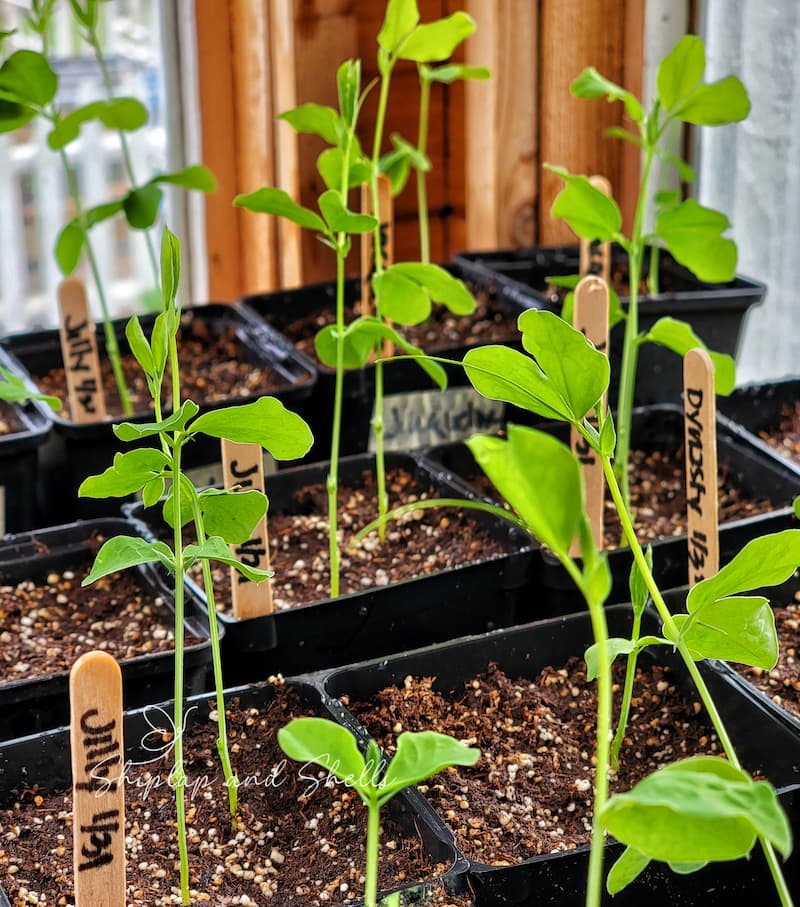
February is a great month to start sowing flower seeds such as sweet peas, snapdragons, and pansies indoors.
As far as edibles, start sowing cool-season crops such as broccoli, kale, and cabbage. Now is also the time to start warm-season crops such as tomatoes and peppers.
Maintenance Garden To Do in February

While there’s only so much planting you can do in the winter months when the weather is cold , plenty of gardening tasks for February will help maintain your space and have it ready for spring.
Prune Trees and Shrubs
February is a perfect month to prune deciduous trees and shrubs in the Pacific Northwest when the plants are still dormant. Pruning can help improve the plant’s health, increase flowering, and allow sunlight to reach the plant foliage. It also works to maintain size and shape.
For best results, remove broken or dead branches and diseased wood. Remove any crossing branches and trim for shape.
Late February is also a good time to prune roses, grapes, and wisteria in the Pacific Northwest. I wait until President’s Day to prune mine.
Be sure to use sharp and clean tools while pruning. Remove any dead or injured canes and any suckers (branches growing from below the graft). Keep the three to five strongest canes, but cut them back by about a third, making sure each cane has at least one outward-facing bud.
*Don’t prune spring-flowering trees shrubs until after they flower.
Prune Hydrangea Bushes
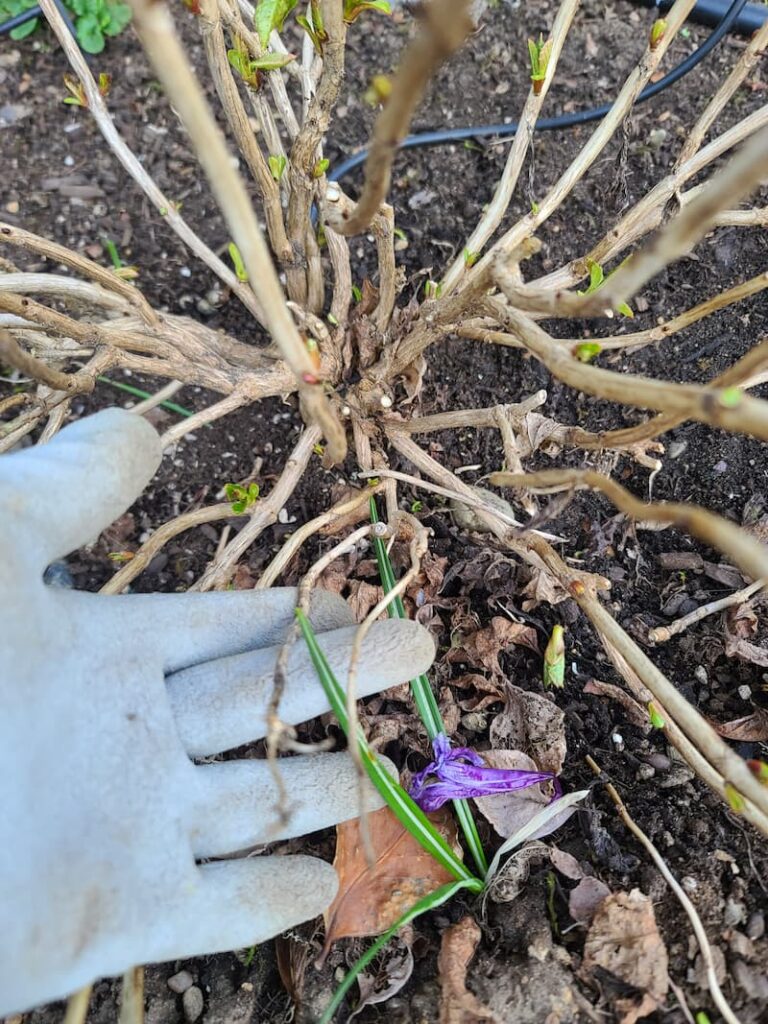
Pruning your hydrangea plants in the garden is a great February gardening task.
Be aware of what type of hydrangea you’re growing in the garden. Hydrangea pruning methods vary depending on the variety. If you prune them the wrong way, it will lead to the flowers blooming very late in the season or even a year without any blooms.
Cut Back Ornamental Grasses
Cut back ornamental grasses just before new spring growth begins. New growth will return soon after the weather gets warmer.
Use cutting shears to cut grass to 1 or 2 feet high. Once cut back, add a layer of compost around grasses and water them well to help stimulate growth.
Clean Up Your Perennial Plants
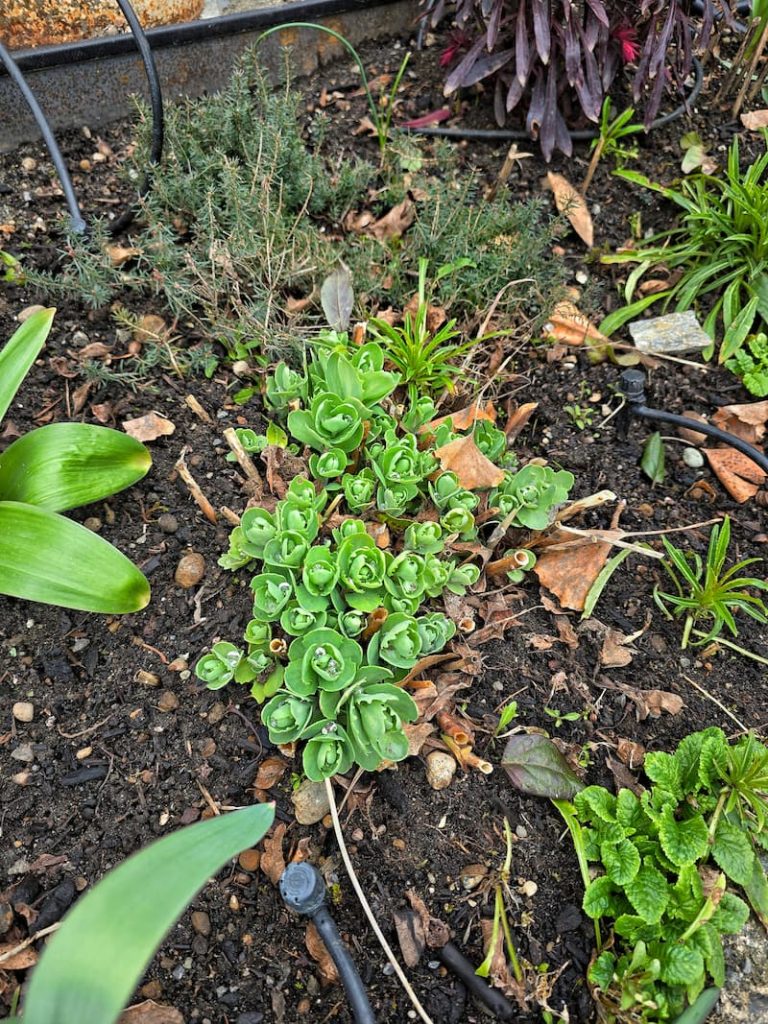
Another important February gardening task is to clean up your perennials and get them ready for the new season. Cut back any remaining dead stems, but be careful not to damage any new signs of growth peeking through the soil.
If you live in a colder climate, wait until the worst of winter has passed before trimming since old growth can help protect the plant from frost.
Clean Up Garden Debris
Clear away any built-up leaves or debris around the base of your plants. This helps prevent pests and diseases from lingering in your garden as the weather warms up. If you spot any weeds, pull them now before they have a chance to spread.
A little cleanup now means a healthier, more vibrant garden when spring arrives!
Mulch Your Planting Beds
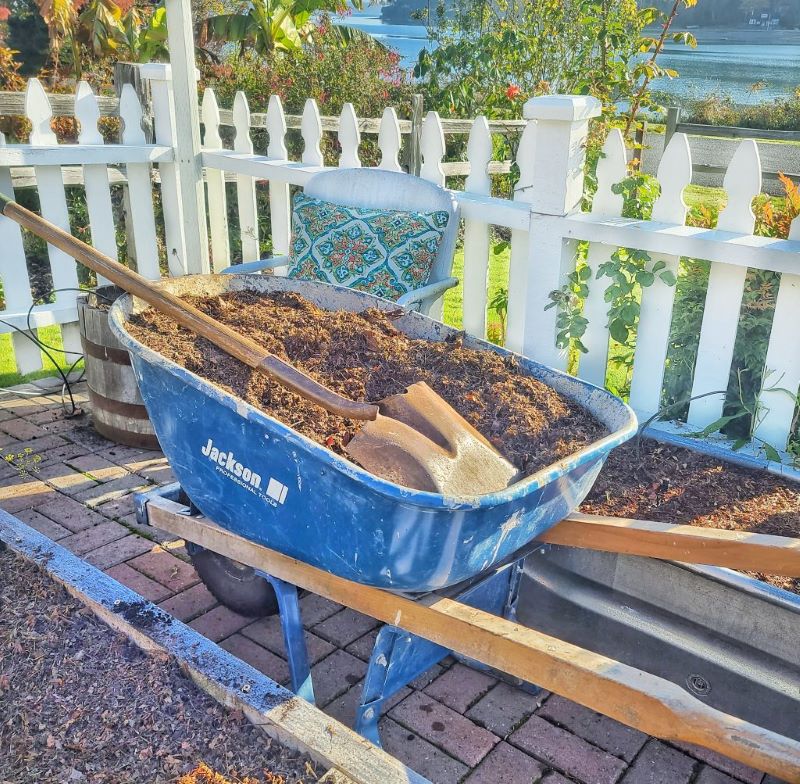
Organic matter is important for any garden. Mulching in February will help retain moisture and keep weeds under control.
Spread mulch around your plants and trees to help protect them from the winter temperatures and the danger of frost.
Spray Fruit Trees
February is a great month to apply horticultural oils to your fruit trees while they are still dormant for preventive pest management.
Start Treating for Slugs and Snails
Speaking of pest control, starting to protect your garden plants from slugs, snails, and other pests is an important February gardening task.
There are several ways to get rid of slugs, but I use Sluggo in my garden, which is pet-friendly. I’ve also been known to go on evening slug hunts, which can be quite rewarding.
Keep an Eye on Your Spring Bulbs
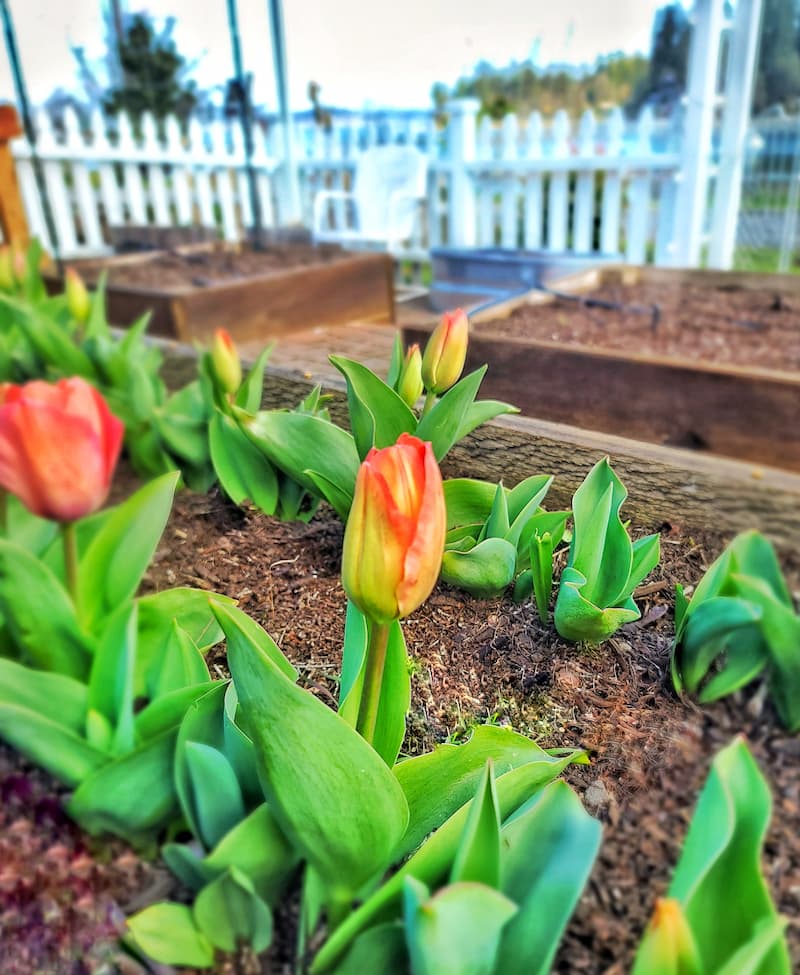
It’s a good idea to monitor your early spring bulb growth. When the foliage is one inch high, you can gradually remove the mulch around the plant.
How to Enjoy Your Garden in February
Cut Spring-Flowering Branches to Force Bloom Indoors

Bring color into your home by cutting flowering branches such as forsythia, dogwood, pussy willow, quince, crabapple, and flowering cherry.
It’s a great way to bring in that spring pop of color early and beat the winter blues.
Common Questions About Gardening in February
Should You Water Plants in February?
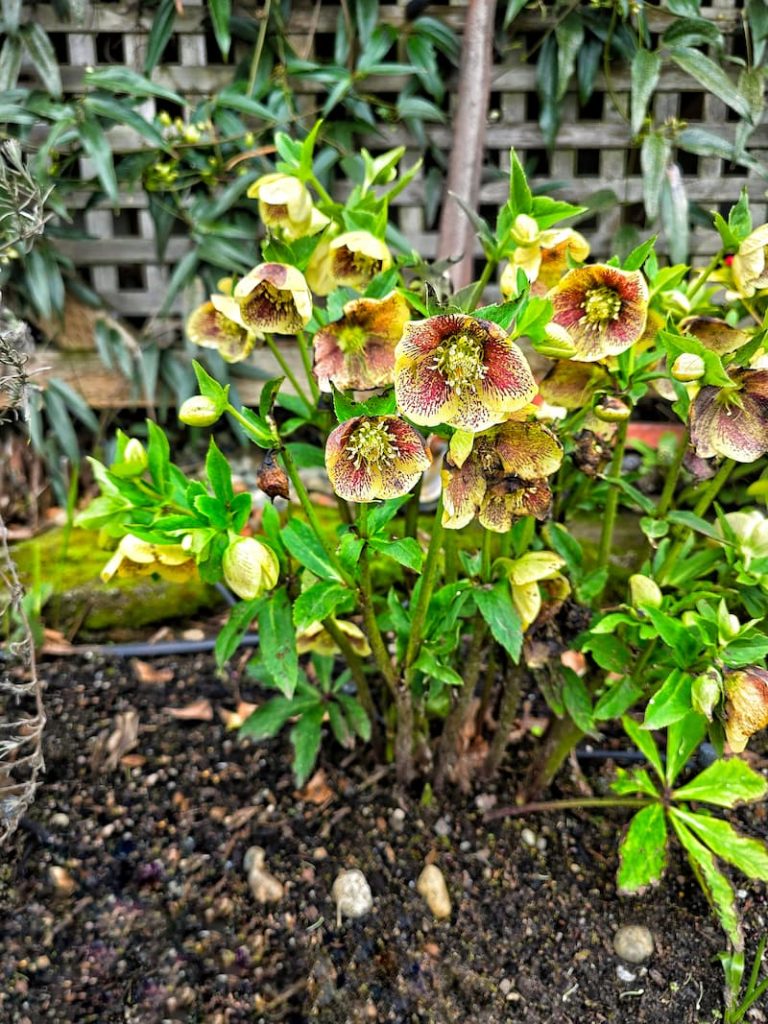
Watering your plants in February is often necessary, but it depends on where you live and the current weather conditions. While February is still winter in many regions, plants may still need water to stay healthy.
Here’s a breakdown of how to determine whether your garden needs watering in February:
Consider Your Climate
Check Soil Moisture
Even during winter, it’s helpful to monitor soil moisture. Use your finger to check the top few inches of soil around your plants.
If it’s dry, give your plants a light watering. Hold off if it’s still moist—overwatering can harm dormant plants by causing root rot.
Pay Attention to Container Plants
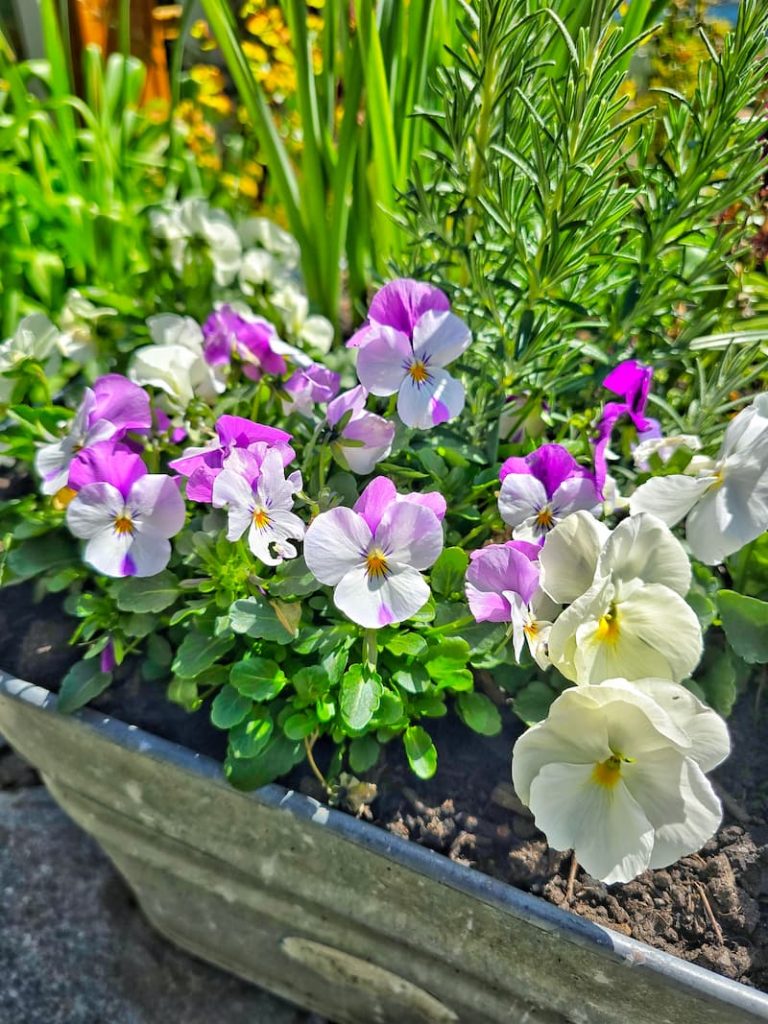
Outdoor potted plants are more prone to drying out because they’re exposed to wind and limited soil volume. If you notice the soil in your containers drying out, water lightly, but avoid overdoing it, as plants are not actively growing at this time.
Protect New Plants
If you’ve planted bare-root trees, roses, or shrubs in February, watering is critical to help their roots establish. Give them a good drink right after planting, and check their moisture levels regularly, particularly in the absence of rain.
Watch for Frozen Ground
Avoid watering plants if the ground is frozen, as the water won’t penetrate and could cause ice to form around the roots, damaging them. Wait for a warmer day when the soil has thawed slightly to add moisture.
Is February Too Late to Plant Bulbs?
Spring-Blooming Bulbs

If the ground isn’t frozen and you still have spring-blooming bulbs, go ahead and plant them in February. They may bloom a bit later than usual or produce smaller flowers this year, but it’s better to plant them late than to let them go to waste.
Summer-Blooming Bulbs
February is the perfect time to get a head start on summer-blooming bulbs like dahlias, gladiolus, and lilies, especially if you live in a milder climate or plan to start them indoors.
These bulbs thrive in warm soil, so starting them indoors in pots or storing them in a cool, dry place until it’s time to transplant outdoors can give these summer flowers a head start.
For regions with freezing temperatures, wait until the risk of frost has passed before planting summer bulbs directly in the garden.
Chilled Bulbs
Some spring bulbs (like tulips and hyacinths) require a chilling period of 12-16 weeks to bloom properly. If you forgot to plant them in the fall, you can simulate this by placing the bulbs in a paper bag in your refrigerator (away from produce) for several weeks before planting.
While they won’t bloom this spring, this process can prepare them for success the following year.
Container Planting as an Alternative
If February weather makes outdoor planting impossible, try planting bulbs in containers that can be kept in a cool, protected spot, like a garage or shed. This way, you can control the growing conditions and enjoy blooms later in the season.
Should I Fertilize My Plants in February?
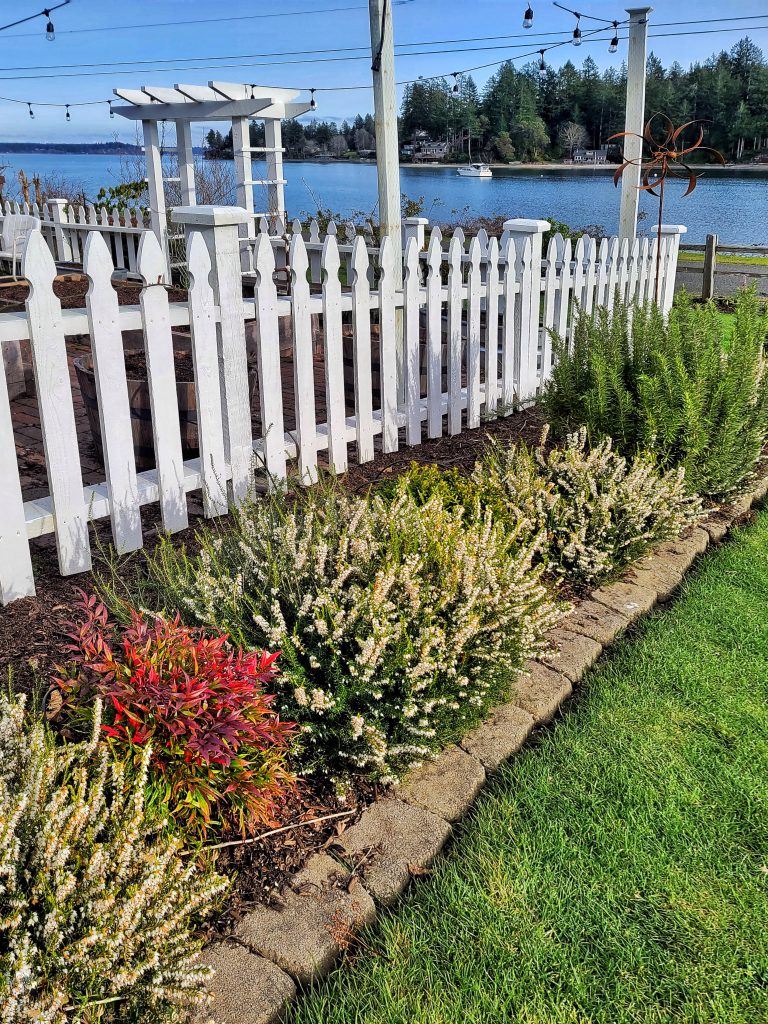
Fertilizing will depend on the type of plants and your climate. While February may seem too early to fertilize, this can be the perfect time to give certain plants the nutrients they need to wake up from dormancy or prepare for their active growing season.
Dormant Plants – Hold Off
For most plants still dormant in February, it’s best to wait until they start actively growing in spring before applying fertilizer. Adding fertilizer too early can promote growth at the wrong time, leaving plants vulnerable to late winter frosts and stress.
For perennials, shrubs, and trees, focus instead on tasks like pruning and mulching to prepare them for spring.
Cool-Season Crops – Yes
If you’re growing cool-season vegetables like lettuce, kale, broccoli, or spinach, February can be a good time to fertilize them, especially if you’re starting seeds indoors or in a greenhouse. Use a balanced, slow-release fertilizer or a compost-rich potting mix to encourage healthy seedling growth.
For overwintered vegetables (like garlic or onions), a light application of fertilizer can give them a boost as they prepare to grow more actively as the weather warms.
Container Plants – Evaluate
Container plants, especially those growing indoors or in a greenhouse, may benefit from light fertilization in February if they’re actively growing. To avoid overfeeding, use a diluted liquid fertilizer for houseplants, citrus trees, or winter blooms like camellias.
Amend the Soil Instead
If you want to feed your garden in February, apply organic compost, aged manure, or leaf mold to your garden beds to provide slow-releasing nutrients that will improve soil health without risking over-fertilization.
What Fertilizer to Put Down in February?
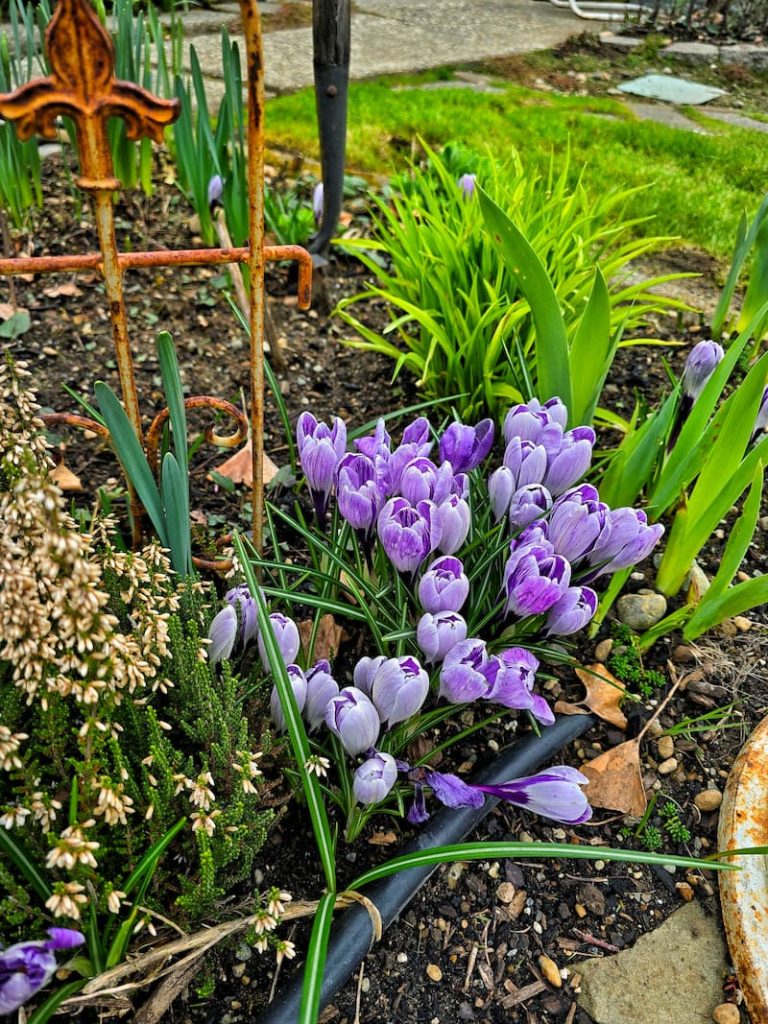
Choosing the right fertilizer in February depends on what plants or areas of your garden you’re focusing on and your local climate.
Since February is a transitional month, the goal is to provide a light boost to plants without overstimulating dormant ones. Here’s what to consider:
Cool-Season Vegetables
A balanced, slow-release fertilizer is ideal for overwintered crops like garlic, onions, or winter greens. Look for a fertilizer with an even ratio of nitrogen (N), phosphorus (P), and potassium (K) (e.g., 10-10-10 or 5-5-5).
If you’re starting seeds for cool-season crops indoors or in a greenhouse, use a diluted liquid fertilizer high in phosphorus to encourage strong root development. A fish emulsion or seaweed-based fertilizer is a great option.
Fruit Trees and Shrubs
February is the right time to fertilize fruit trees (like apples, pears, and stone fruits) and shrubs in milder climates where growth is just beginning. Use a fertilizer formulated for fruit and citrus trees, such as one with slightly higher potassium and phosphorus levels, to support budding and blooming.
For berry bushes (e.g., blueberries or raspberries), apply an acidic fertilizer or a product labeled for berries. These plants thrive on soil amendments like ammonium sulfate or an organic alternative like coffee grounds.
Flowering Plants
February is a good time to feed roses or other early bloomers in mild climates. Use a rose-specific fertilizer or an organic alternative, like alfalfa meal, which boosts gentle nitrogen.
Bulbs planted in fall or winter can also benefit from a phosphorus-rich fertilizer to support blooming. Bone meal or a bulb-specific fertilizer is an excellent choice.
General Soil Amendments
Even if you’re not fertilizing heavily, February is a great time to amend your soil with compost, aged manure, or other organic materials. These will slowly release nutrients into the soil and prepare your garden for spring planting.
Should You Cover Outdoor Plants in Winter?
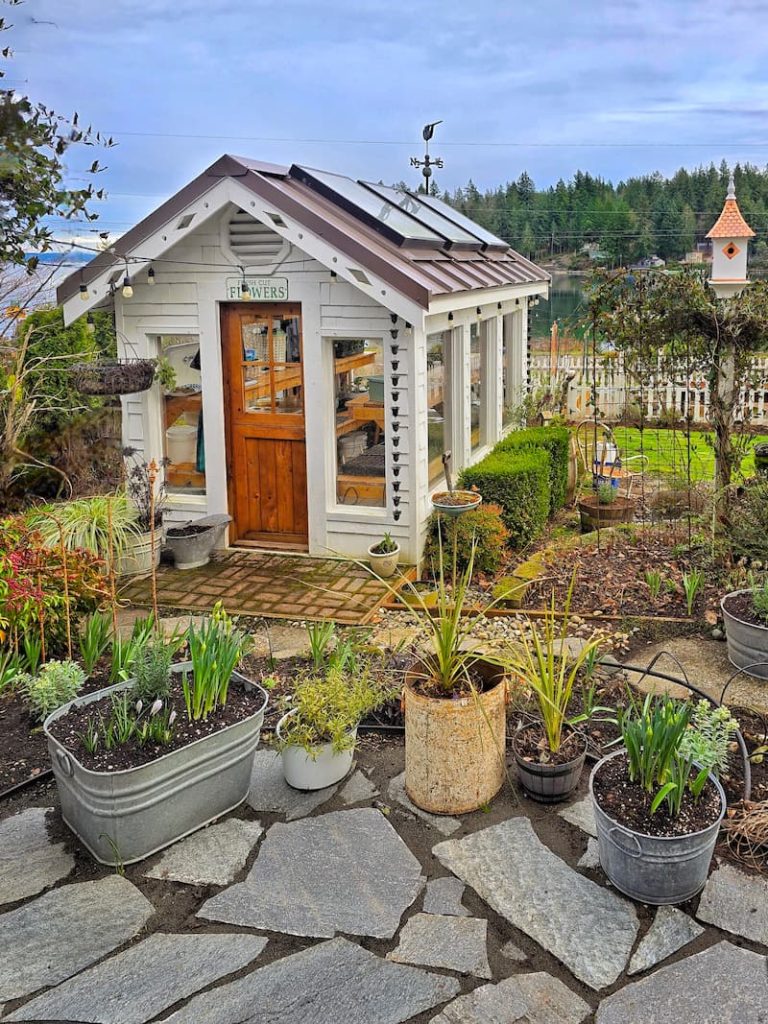
Yes, covering outdoor plants in winter can protect them from frost, freezing temperatures, and harsh winds, depending on your climate and the hardiness of the plants in your garden.
Why Covering Plants Helps
Covers act as insulation, trapping heat from the ground to create a microclimate around your plants. This protection can help prevent frost damage, drying out from freezing winds, and even death in more tender plants.
Frost-sensitive plants, young seedlings, and container plants are especially vulnerable and benefit the most from being covered.
What Types of Plants Need Covering?
When to Cover Plants
Cover plants when frost or freezing temperatures are in the forecast, particularly overnight when temperatures dip the lowest. Remove covers during the day if the sun is shining or temperatures rise, as too much trapped heat can damage plants.
What Materials to Use
Is February Too Early to Repot Plants?
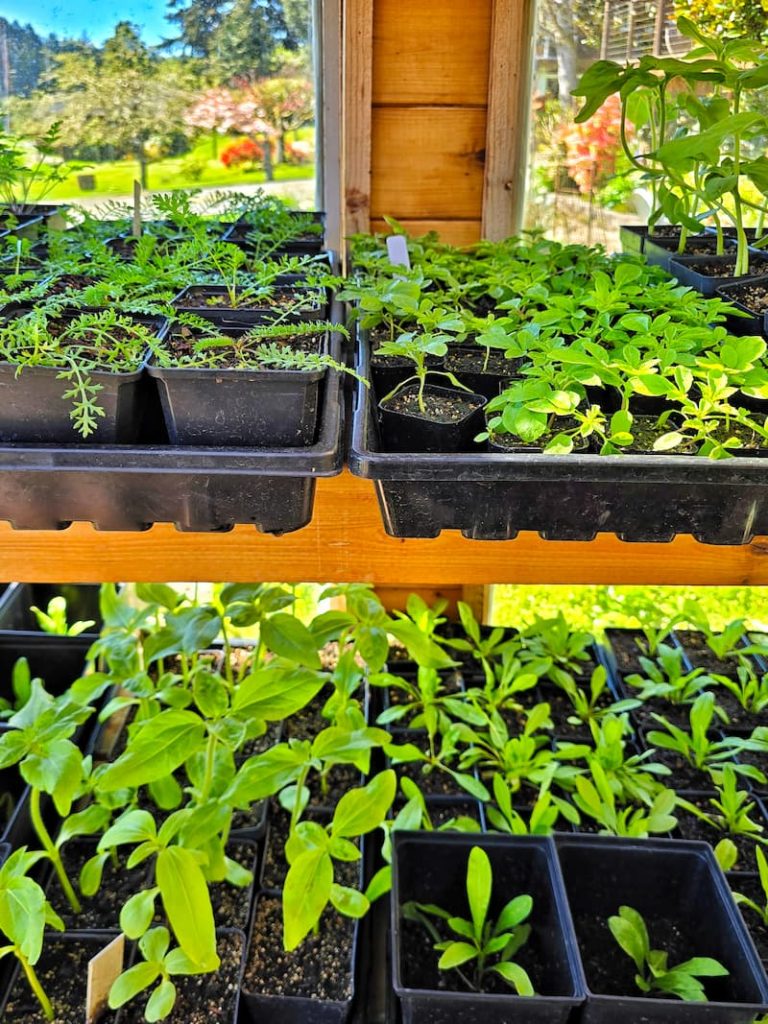
February can be the perfect time to repot certain plants, but whether it’s too early depends on the type of plant and its growth stage. Repotting in February works best for indoor plants or early spring bloomers.
Outdoor Plants
February is usually too early for repotting for most outdoor perennials, shrubs, and trees unless you’re in a mild climate. Outdoor plants are still dormant or just beginning to wake up, and repotting during this stage could disturb their root systems when they’re least active.
Seedlings and Starts
If you’re starting seeds indoors in February, you might need to transplant seedlings into larger containers before planting them outdoors later. This type of repotting supports healthy root development as seedlings grow.
Exceptions – February-Friendly Repotting
What Temperature is Too Cold for Outdoor Plants?

The temperature that’s “too cold” for outdoor plants depends on the type of plant, its hardiness, and whether it’s acclimated to your local climate. Here’s a guide to understanding temperature thresholds for outdoor plants:
Frost-Sensitive Plants: 32°F (0°C) or Higher
Annuals like impatiens or petunias, and warm-season vegetables (like tomatoes and peppers) are also highly frost-sensitive and can’t tolerate freezing conditions.
We don’t grow many tropical and subtropical plants like bougainvillea or citrus trees in the Pacific Northwest. Still, those with milder climates often suffer damage when temperatures drop below 40°F (4°C) and can be killed at freezing temperatures (32°F or lower). These plants should be covered, moved to a greenhouse, or brought indoors during frosty weather.
Frost-Tolerant Plants: 28°F (-2°C) to 32°F (0°C)
Many cool-season crops, such as kale, spinach, broccoli, and carrots, can handle light frosts and temperatures down to about 28°F (-2°C). Some crops (like kale) develop sweeter flavors after a frost.
Perennials and hardy flowers like pansies, violas, and snapdragons are typically fine with light freezes as long as they’ve been acclimated to the cold.
Hardy Plants: 20°F (-6°C) to 28°F (-2°C)
Deciduous trees, shrubs, and well-established perennials are often dormant during winter and can handle sustained cold temperatures down to 20°F (-6°C) or lower, depending on the species.
Bulbs like tulips, daffodils, and hyacinths are designed to survive underground through much colder temperatures and won’t be affected by freezing air.
Extreme Cold: Below 20°F (-6°C)
At temperatures below 20°F (-6°C), even hardy plants can experience damage, particularly if they’re exposed to wind, lack insulation from mulch, or haven’t been properly watered before freezing temperatures hit.
Evergreens and broadleaf shrubs can suffer from desiccation or “burn” as cold winds pull moisture from their leaves. Protect them with burlap or frost cloth during extreme cold spells.
Final Thoughts on Gardening To Dos in February
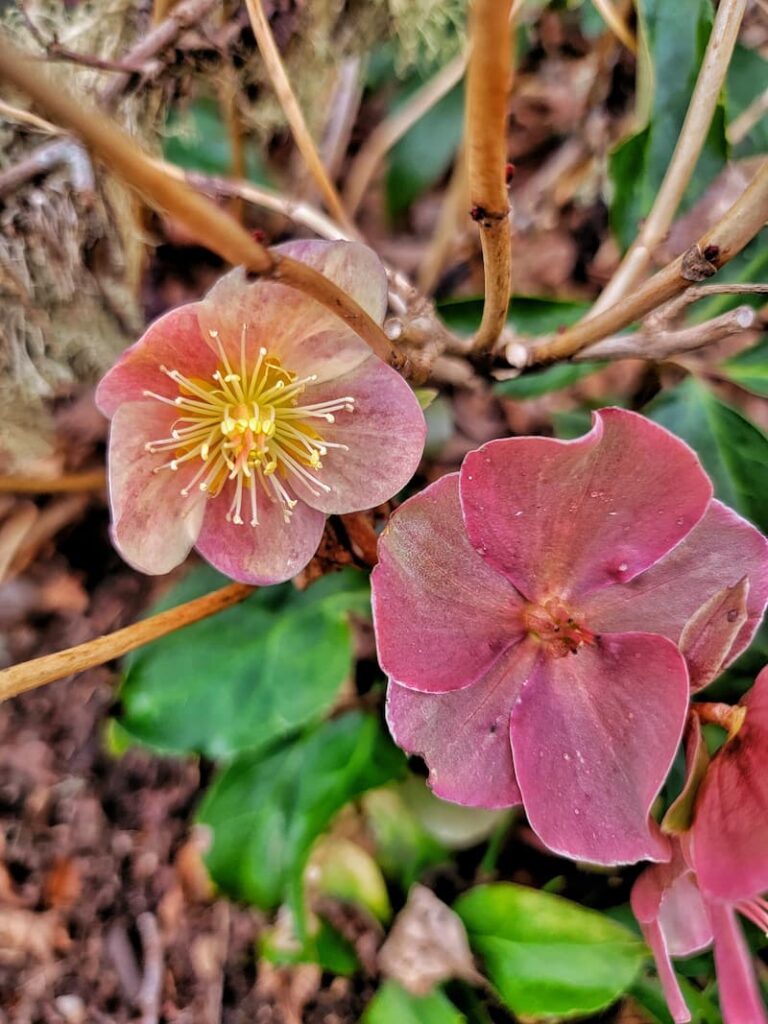
Gardening in the Pacific Northwest in February can be challenging, but with a little effort, you can make sure your garden is ready for spring. You’ll be so glad you did!
Follow these tips to get your garden in tip-top shape this month! These February reminders of key garden chores and to-dos for the Pacific Northwest should give you a great place to start when preparing for a successful garden this year.
If you have any questions or additional suggestions, please share them in the comments below. And be sure to share this blog post link with anyone who may find these gardening tips useful.
Until next time,
Happy Gardening!

I’m a self-taught hobby gardener. Everything I share on my blog is my opinion and what has worked for me.
MORE POSTS
For You To Enjoy
Follow Me for More Inspiration
Shop my Amazon Storefront, LTK sources, and my favorite home decor, garden, and lifestyle products. When you purchase from one of my links, I earn a small commission, which helps me continue sharing all the content you expect on my blog.
Be sure to follow me on Pinterest, Instagram, Facebook, TikTok and LIKEtoKNOW.it. Do you like gardening? Join my Facebook Gardening Tips & Tricks group.

